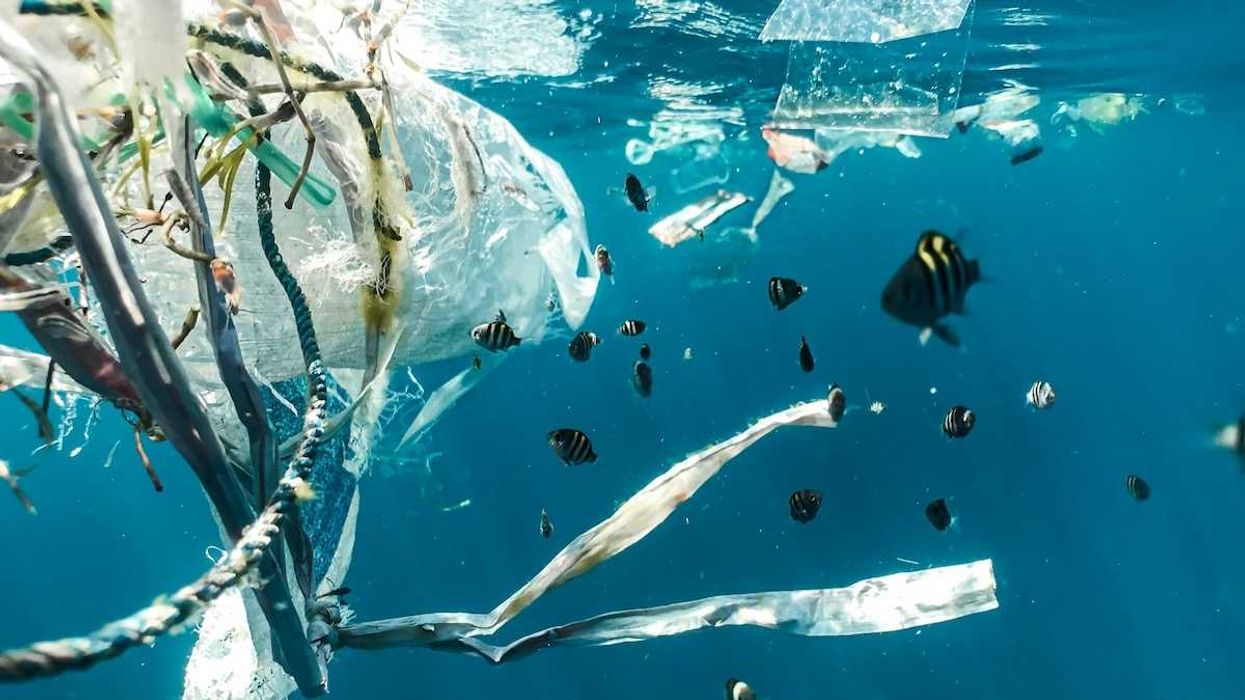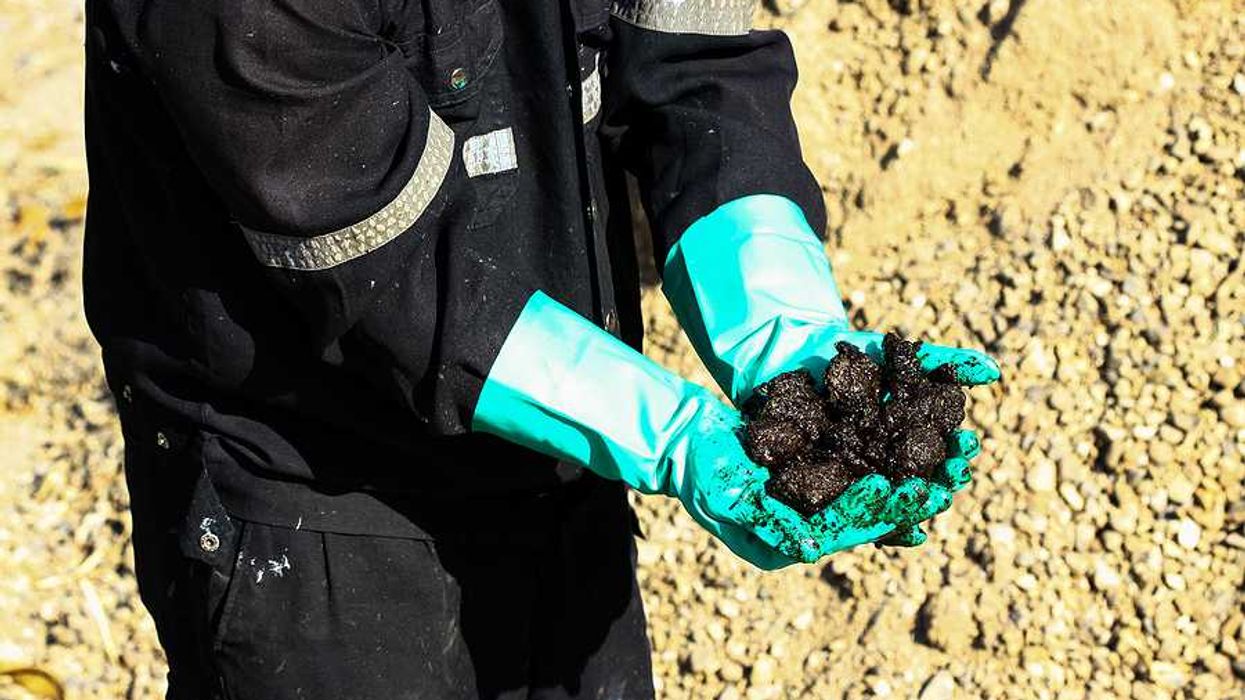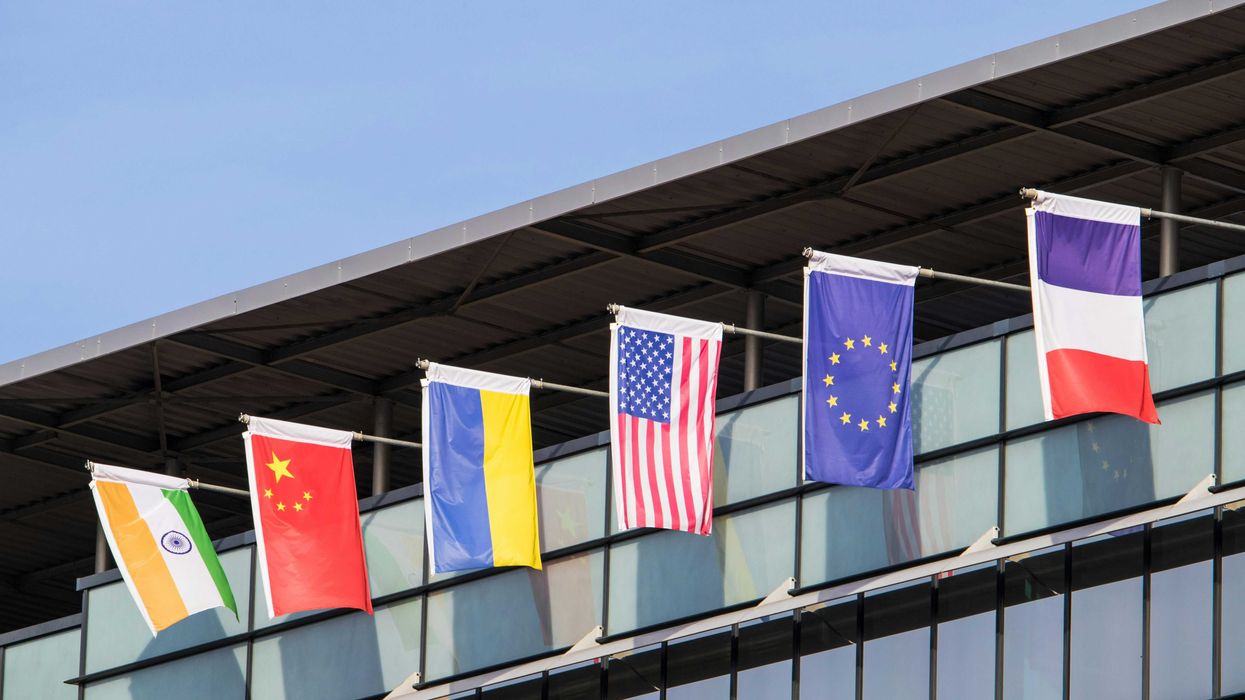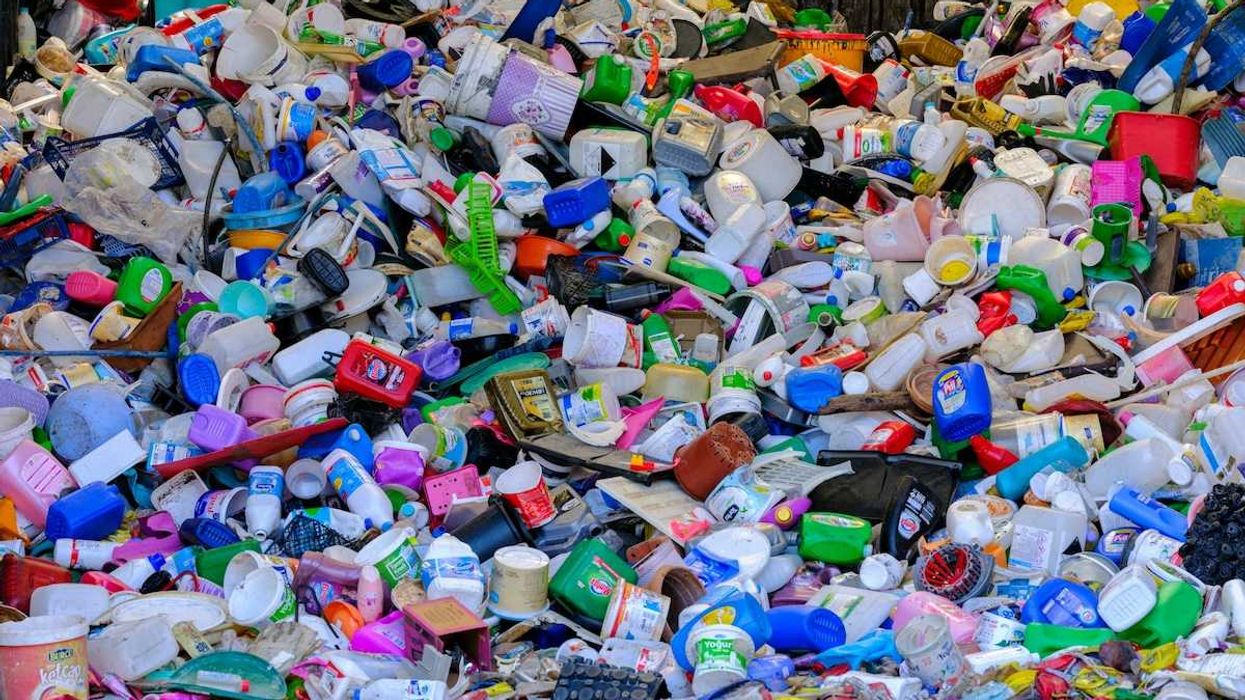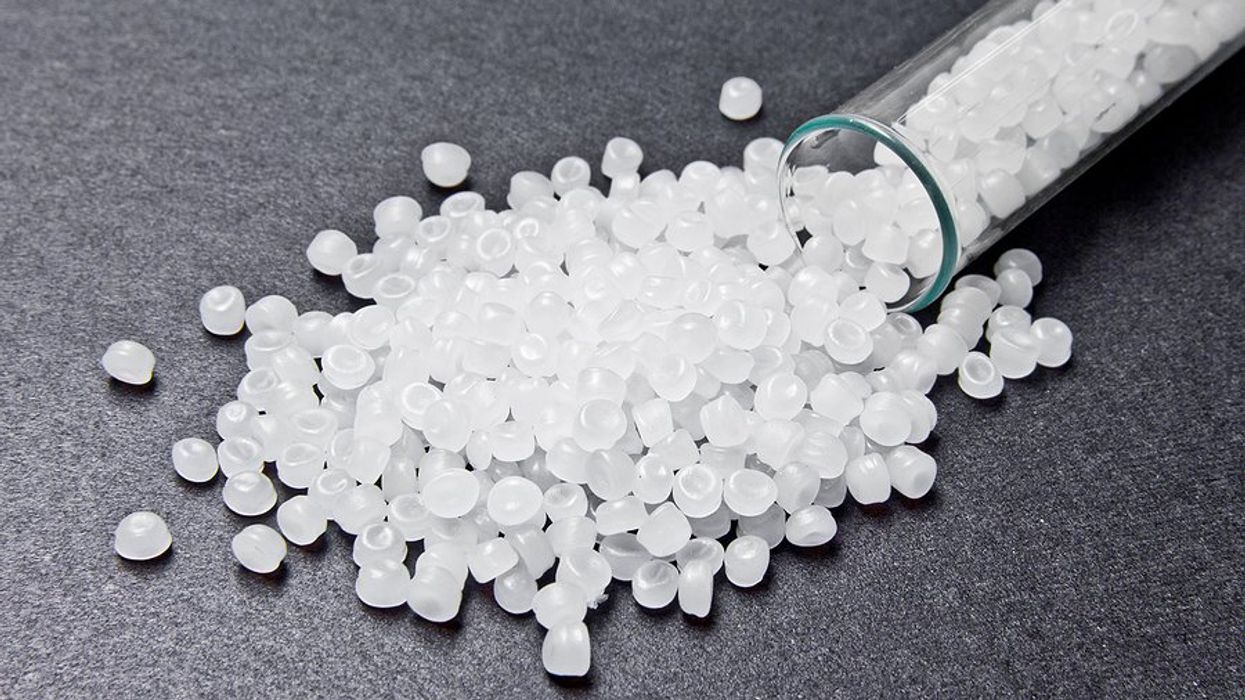In an effort to protect consumer health, the U.S. Food and Drug Administration (FDA) initiated the removal of PFAS from food packaging. But it could take a year and a half before shelves are completely free of the offending products.
Teddy Amenabar reports for The Washington Post on how consumers can protect themselves from PFAS.
In short:
- The FDA announces voluntary phase-out of PFAS, used in many food packaging materials, due to health risks, but it won't happen overnight, and other sources of PFAS exposure remain.
- Consuming less fast food and avoiding microwave popcorn, grease-resistant wrappers, plastic storage containers and nonstick cookware are among the ways you can reduce PFAS exposure.
- PFAS are linked to cancers, high blood pressure and liver function changes, highlighting the importance of this FDA action.
Key quote:
The “major source of dietary exposure to PFAS from food packaging … is being eliminated.”
— Jim Jones, deputy commissioner for human foods at the FDA
Why this matters:
Food packaging is just one area of concern when it comes to PFAS contamination. EHN continues to test and report on PFAS in common consumer products, from deodorant to clothing to makeup to dental floss. Keep up with our testing in collaboration with the wellness community Mamavation and find out how to take action here.


